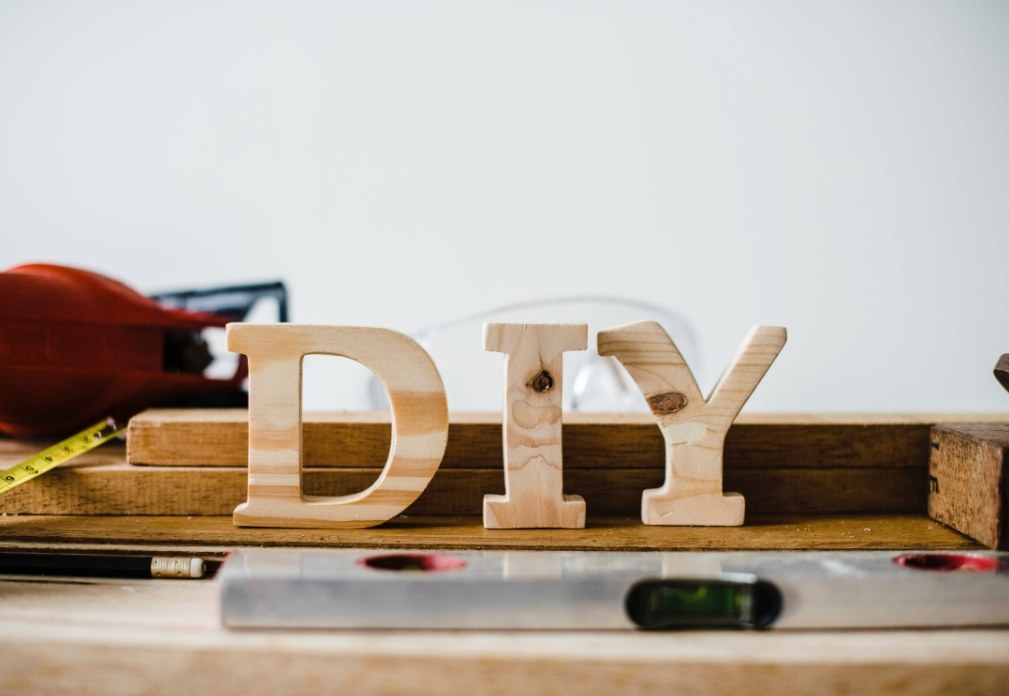
DIY: How to relocate a radiator correctly
When things go wrong with your heating system at home, call the professionals as quickly as possible. There isn’t time to make mistakes. But there are some jobs perfect for the plumbing savvy which can save you money. In 2018, the number of homeowners turning to DIY for home improvements increased five-fold to 15%, up from just 3%.
When redecorating your home, a radiator can get in the way of the new furniture layout, and sometimes you may find it would be more effective in another area. The good news is, moving it is possible and you can do it yourself at home with these simple tips.
Follow the basic steps of plumbing
Moving a radiator isn’t the ideal first project. This DIY task is more suited to people who have a sound knowledge of heating systems and plumbing. If you don’t, you could damage the heating system, the pipework, and even leak dirty water into your room. So make sure you’re competent and do your research before starting this task.
Measure the radiator
The first step is to measure the radiator and ensure it fits in its new location. This will save you a lot of time and regret knowing that when you move it, you have a viable place to put it. It’s also important to measure the distance between the bottom of the radiator and the floor to make room for the pipework below it. But if you’re not sure on how much pipework you’ll need, your best option is to consult a professional plumber who can advise you and minimise error.
Drain the heating system
Before you go to town ripping radiators off the wall, you must drain the heating system of water to avoid messy and expensive accidents. Make sure you turn off the boiler, isolate the electricity supply, then drain the system. If you leave the electricity supply on, your boiler could backfire, leading to overheating and burning out.
Capping the pipework
Once you have an empty system, it’s time to cap the pipework and prepare to move the radiator. You can use push-fit caps or the soldering method to cap off existing pipework.
Moving and installing your radiator
You’ve already made the required measurements. All that’s left to do is install the radiator using the existing wall fixtures from the original radiator. If you buy a new set, you may find that the screws don’t fit. Do a check over to ensure the pipes are fitted correctly, before refilling the system.
Switch the boiler on
Refilling the system and returning it to full working order requires a basic knowledge of plumbing. If you don’t know how to do this, contact an experienced plumber who can do this for you, ensuring you don’t cause any expensive damage.
It’s as simple as that! Even if all you have is some basic knowledge, it should be enough to get you through the project. But if at any point you don’t feel confident in your skills, contact a professional and have them do it instead.
The plumbers at GOS Heating are experienced and offer excellent value for money. As plumbing experts, we can take care of all your heating needs. Just call us on 01772 734 966 to get started.






















